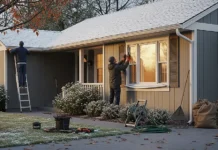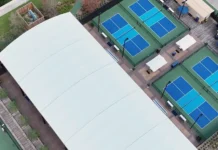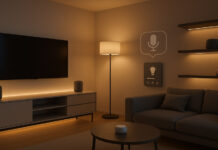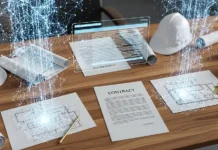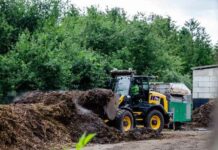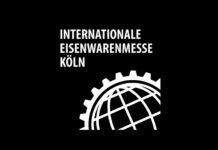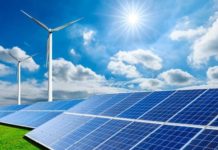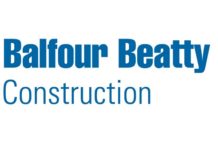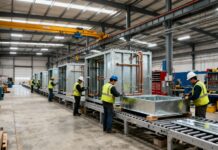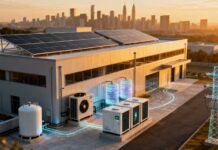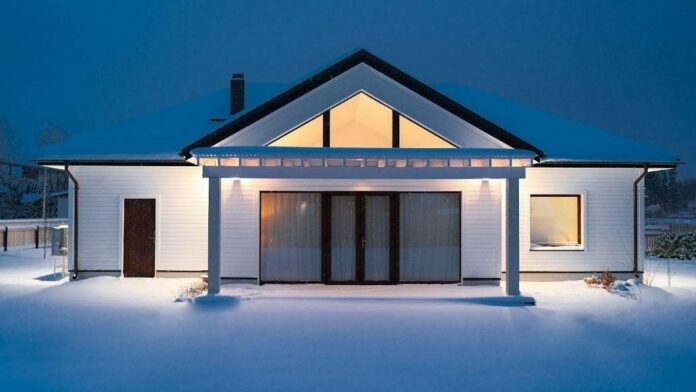The trend of too-high energy costs and increasing climate challenges is making homeowners and developers seek methods of making housing comfortable and economical. This article will go through the main patterns of sustainable home design that contribute to the decrease of energy use, enhancing comfort, and reducing the carbon footprint.
The Rise of Energy-Efficient New Building Construction
New building construction these days revolves around energy efficiency. For instance, in Canada, where winters go as low as -30┬░C, lowering heating costs and increasing comfort is not only a desire, it is a necessity. Using LEED and Energy Star principles, new buildings can reduce heating and cooling expenses by up to 40% compared to traditional buildings. Apart from that, these homes reduce COŌéé emissions; hence, they form an important landmark for a cleaner tomorrow.
But energy efficiency is not the only benefit of these kinds of technologies. It is also the method that creates a space where people just feel comfortable and safe. Well-insulated houses keep warm and reduce heating devices; hence, there is a lower likelihood of overloads and other problems. And now it is time to analyze what solutions exactly transform houses into energy-efficient ones.
Innovative Materials Revamping Home Insulation
The insulation forms the foundation of an energy-efficient home. Aerogels, reused mineral wool, and polyurethane foam are some new materials that offer high thermal insulation at low thickness. However, one of the finest remedies for home remodeling is still┬Ātriple pane windows for kitchen in private houses. Triple glazing works on three panes of glass with cavities filled with gas between them, which minimizes the transmission of heat and sound.
This is especially suited for use in kitchens, where windows are usually thrown open to allow air entry but also have to prevent the home from getting cold in winter. Additionally, low-E coatings, which get deposited at the molecular level, reflect infrared light inward toward the house. These windows can lose heat by 30ŌĆō50% less than double-pane windows and are excellent choices for energy-saving homes. They have an R-value of up to 7ŌĆō8, essentially twice the quantity of typical double-pane units.
| Material | R-value | Cost (CAD/sq. m) | Durability (years) |
| Mineral wool | 3.0ŌĆō4.0 | 10ŌĆō15 | 50+ |
| Polyurethane foam | 5.5ŌĆō6.5 | 20ŌĆō30 | 30ŌĆō40 |
| Triple-pane windows | 7.0ŌĆō8.0 | 100ŌĆō150 | 25+ |
| Aerogel insulation | 10.0ŌĆō12.0 | 50ŌĆō70 | 20ŌĆō30 |
Additionally, these vinyl windows reduce condensation, which discourages mold, another common home affliction, and they are environmentally friendly. A good portion of the industry utilizes recycled materials, reducing environmental expenses. These windows also cannot warp and don’t require much maintenance, making them potentially the most reasonable long-term choice.
Smart Technologies for Energy Management
From smart thermostats to lighting systems, smart devices maximize energy usage and are transforming how we live, making our homes more affordable and convenient. Below are some key technologies that we highly suggest:
- Automated thermostats: Allow for precise control of temperature, reducing heating and cooling costs;
- Smart curtains and blinds: Control light and heat entry according to time of day;
- IoT integration:┬ĀTies devices together as one system to be managed centrally;
- Solar sensors:┬ĀEnhance window and ventilation performance.
These technologies conserve energy and make your house cozier. For instance, smart blinds can close automatically on a sunny day, avoiding overheating indoors. The world smart home technology market is projected to grow to USD 174 billion by the year 2025, and 77.6% of homes already have at least one smart system in place, as revealed by┬ĀStatista.
A Calgary builder recently completed a complex of houses in which everyone was equipped with smart climate systems and triple-glazed windows. What occurred? Residents’ heating bills decreased by 42% relative to the similar older houses in the neighborhood. And they even mentioned that their sound insulation was better, and they did not see condensation issues anymore like they used to. This example reflects how minimal can be significant.
Overcoming Common Challenges
Energy-efficient buildings are not trouble-free, however. Even the best materials will not succeed if installed incorrectly. This can lead to leaks, condensation, or even breached home security. It is because of this that mandatory certification of installers, e.g., through the┬ĀNRCan Registered Energy Advisor program, and energy audits before installation have become de rigueur with large builders.
Also worth noting are regional specifics. In warm locations such as southern British Columbia, windows with large solar heat gain contribute to capturing solar heat, while in Edmonton, windows with low U-Factor are best to reduce heat loss. A well-considered strategy in material selection for a region is the key to success.
Final Thoughts
Green building is not a fashion but an investment in the future, and energy-efficient technology will continue to revolutionize residential construction. To homeowners and builders who are ready to take that step, we suggest beginning with an evaluation of your current home. Check your windows, doors, and insulation to find a point where you can make your performance more efficient. Good luck.
┬Ā



